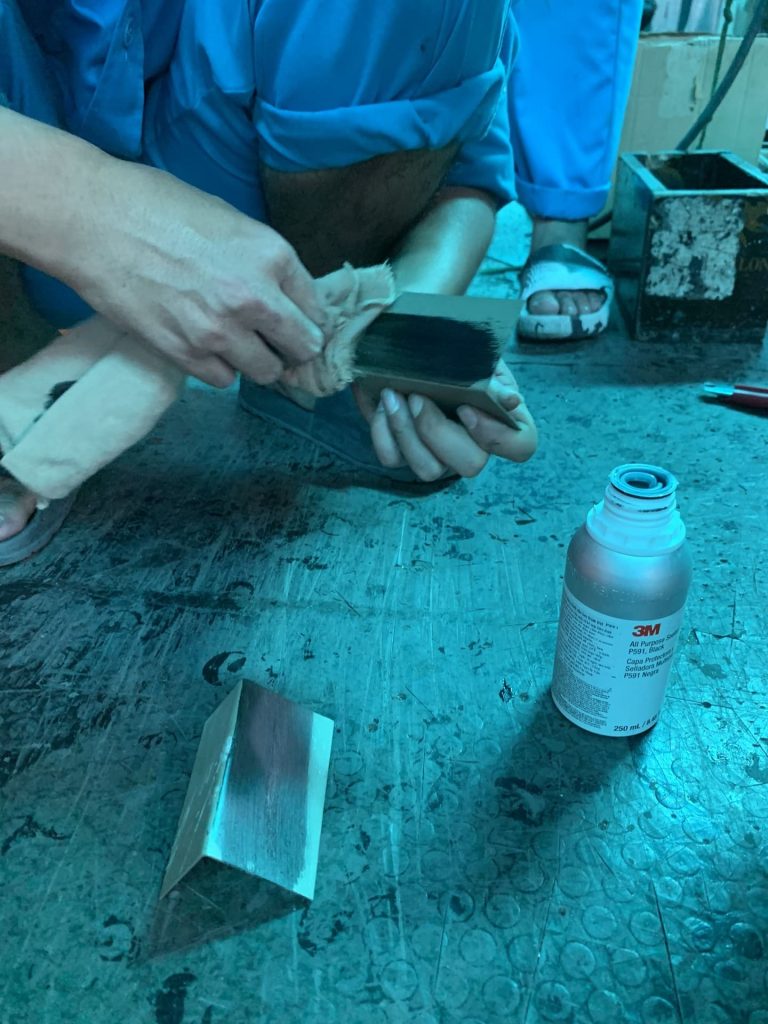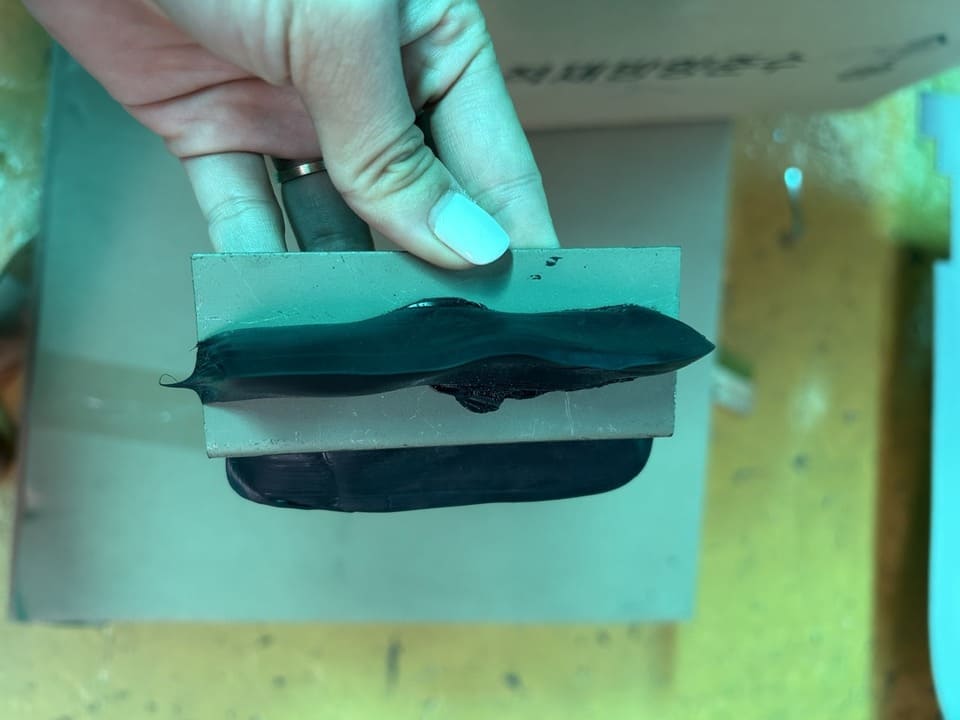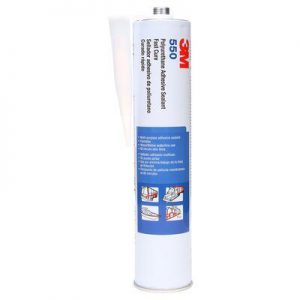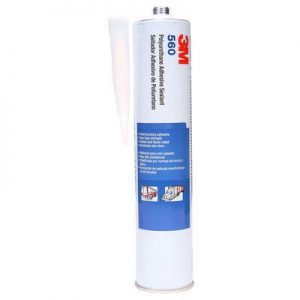3M Primer P591
- 3M Primer P591 can be used on: basic glass, coated glass, flat glass, and fiberglass.
- 3M Primer P591 enhances adhesion strength and improves bond integrity.
- Outstanding performance on acrylics, polycarbonates, and polyester.
- Enhances bond durability on medium and low surface energy surfaces.
3M Primer P591 is a one-component adhesion promoter with a black formulation designed to enhance the adhesion of polyurethane and hybrid sealants. Serving as an Isocyanate and solvent adhesion promoter, 3M Primer P591 was initially developed for applications involving the bonding of acrylic, polycarbonate, and polyester. It meets the FMVSS212 impact test standards.
Outstanding Performance on Acrylic, Polycarbonate, and Polyester
Combining flexibility with effectiveness, 3M™ All Moving Sealant Primer P591 performs exceptionally well on various substrates, including metals, glass, plastics, wood, and concrete, as well as on acrylic, polycarbonate, and polyester surfaces.
The low-viscosity adhesion promoter, 3M Primer P591, is specifically formulated for use with Polyurethane adhesives and sealants. Serving as a surface preparation step, the product aims to maximize bonding and sealing capabilities, aiding in moisture retention and structural integrity.
For optimal performance, apply 3M Primer P591 Adhesion Promoter on common substrates such as fiberglass, PVC, polycarbonate, aluminum, stainless steel, cold-rolled steel, and glass.
Recommended Applications
- Joining window/door panels for the maritime industry, suitable for glass, acrylic, or polycarbonate windows.
- Bonding windshield for RVs, motorhomes, buses, trucks, and trailers – ideal for premium-grade glass windows.
- Adhering metal panels for various specialized vehicles, buses, and construction trailers.



Procedure for Using 3M Primer P591 Adhesion Promoter in Glass Bonding
Surface Preparation:
- Ensure that the surfaces to be bonded are clean and dry.
- Surfaces should be free from oil, grease, mold, and contaminants.
- Abrade non-glass surfaces with abrasive material ranging from 180 to 220 grit, followed by wiping with solvents to enhance bonding. Suitable solvents include adhesive cleaner, Isopropyl Alcohol (IPA), and acetone.
- Use specialized glass cleaner to clean both glass surfaces.
- 3M Primer P591 is compatible with basic glass, coated glass, flat glass, and fiberglass.
- Shake 3M Primer P591 well in the container for 30 seconds after hearing the ball move inside.
- Dip a clean wool dauber/foam or sponge brush into the primer. Roll the dauber/brush around the edges of the bottle to remove excess primer.
- Replace the cap. Use the primer within 7 days of opening.
- Apply a continuous layer of primer to the main body (pinch weld) and glass, applying in one direction. Avoid going back over the applied primer to prevent contamination. Depending on environmental conditions, wait for 15 to 30 minutes for the primer to dry.
Important Considerations:
- Check the moisture content of both the glass and the body.
- Understand the structural design of the vehicle body.
- Eliminate condensation moisture from the body and glass.
- Familiarize yourself with the technical specifications of the glass.
- Determine the gap area between the glass and the body.
- Caution! Primer may not dry quickly at lower temperatures. Ensure it is completely dry before applying urethane.
- Use adhesive specified by the vehicle manufacturer.
- Understand the windshield as an integral part of the vehicle structure.
- Follow the recommendations of the vehicle and adhesive manufacturer.
- Ensure that personnel are thoroughly trained.
Datasheet
| Viscosity at 20 °C (Ford Cup Ø 4mm) | 2 – 15 s |
| Density at 20 °C | 0.95 ± 0.05 |
| First setting at 20 °C | 10 – 15 min |
| Conventional solids content (EN 827) | 35 – 38 % |
| Colour | Black |



